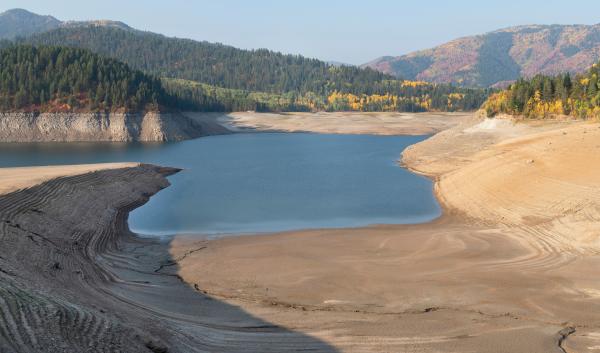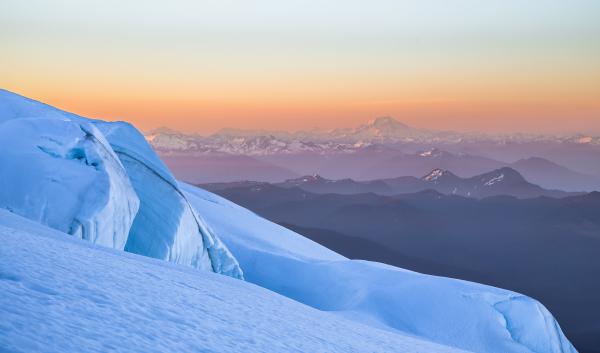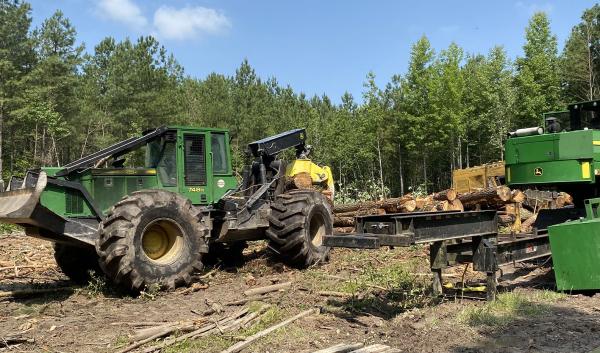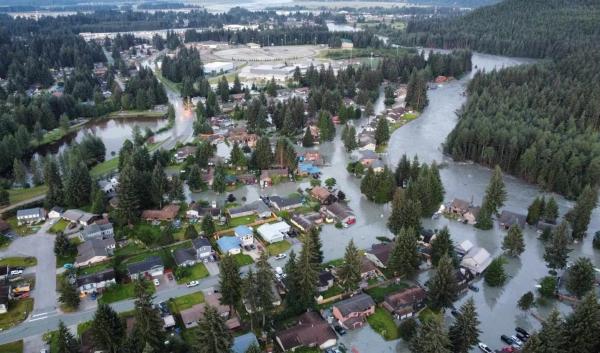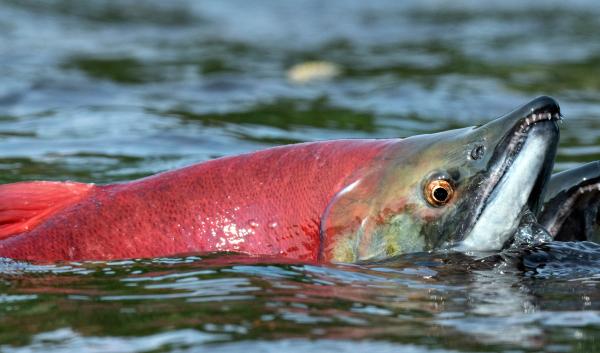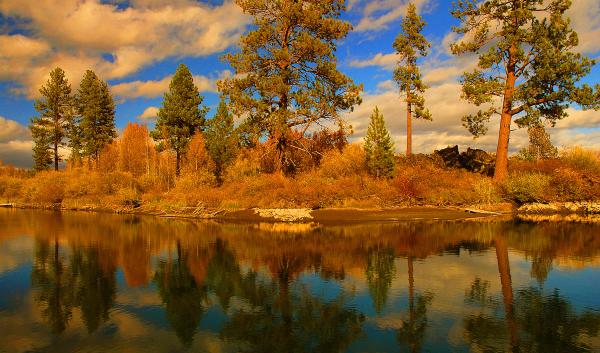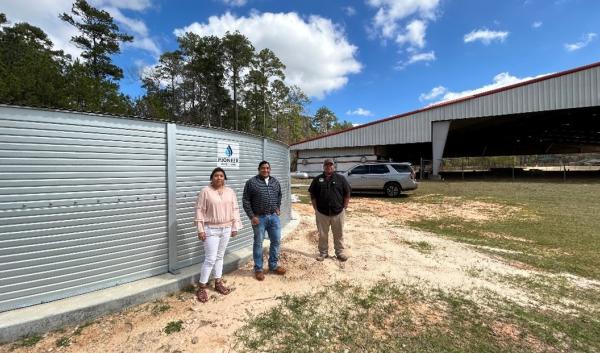Water
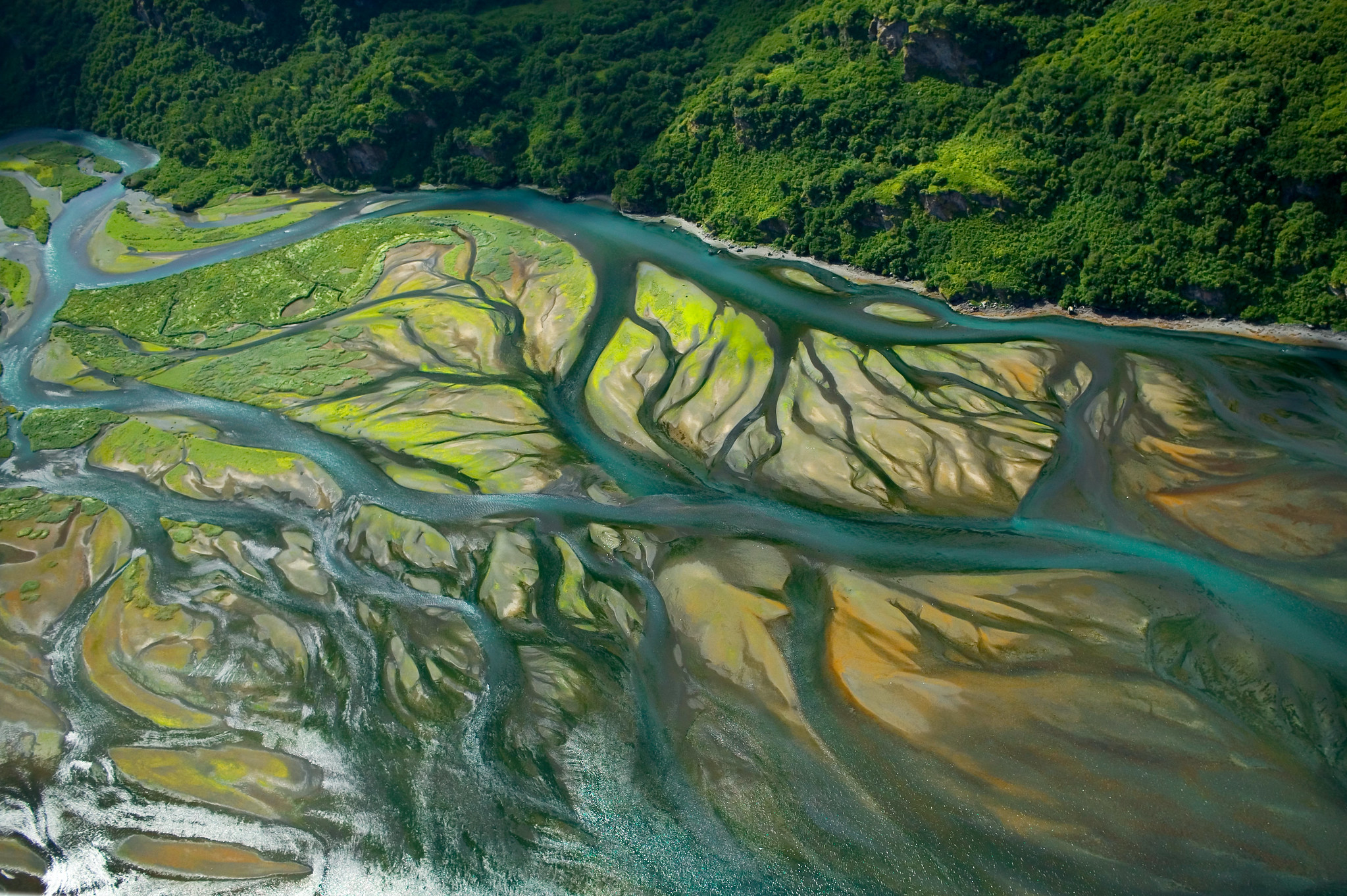 If the continental United States represented the entire surface of the earth, water would cover as much as every state west of the Mississippi River, with enough left over to cover the state of New York. Of the total volume of water on earth, about 97% is saltwater, and only about 3% is fresh. 98% of the freshwater is locked away in groundwater, ice caps, and glaciers, meaning only 2% of the world’s freshwater is available for human use. That’s about 148 gallons per person on Earth. In comparison, a 10-minute shower can take between 20 and 50 gallons of water.
If the continental United States represented the entire surface of the earth, water would cover as much as every state west of the Mississippi River, with enough left over to cover the state of New York. Of the total volume of water on earth, about 97% is saltwater, and only about 3% is fresh. 98% of the freshwater is locked away in groundwater, ice caps, and glaciers, meaning only 2% of the world’s freshwater is available for human use. That’s about 148 gallons per person on Earth. In comparison, a 10-minute shower can take between 20 and 50 gallons of water.
The Earth typically does not gain or lose water in substantial amounts, so the water you use likely existed, in some form, before the first living creature evolved. While the amount of water on the planet does not change significantly, the amount of water in parts of Earth’s system can fluctuate wildly. In addition, water is not distributed evenly across the land surface. The result is that some areas are climatically wetter or drier than others, which shapes local agriculture and restricts which crops and livestock can prosper in a given region.
In the United States, some areas are expected to become drier as the climate, including average temperature and average precipitation, changes. Conversely, other areas are predicted to become wetter. The frequency of extreme weather events--severe floods, persistent drought, and severe storms--is also expected to change in some regions. The effect of climate change on water availability and wet and dry seasons has numerous potential implications for agriculture, especially in areas where the climate is expected to become less suitable to sustained agricultural production.
-
Drought and Climate Change in Idaho, Oregon, and Washington
Climate change could cause droughts to last longer, affect wider areas, and become more severe in the Northwest.
-
Snow Drought in the Northwest
Snow droughts have become longer and more intense in the Northwest since 1980, a trend which will likely continue with…
-
Climate Change Considerations for Forest Operations in Northern Forests
Climate change is altering current weather patterns and may complicate forest operations. This guide presents climate…
-
Glacial Lake Outburst Floods and Climate Change in Alaska
As Alaskan glaciers melt more rapidly in a changing climate, the frequency and location of glacial lake outburst floods…
-
Salmon and Climate Change in Southeast Alaska
Salmon are crucial to the culture, food security, and economy of Southeast Alaska. Climate change could disrupt salmon…
-
Northwest Riparian Areas and Wetlands in a Changing Climate
Increasing resilience of these habitats to climate change is key to ensuring they continue to provide ecosystem…
-
Rainwater Harvesting: A Tribal Partnership Project
The USDA Southern Plains Climate Hub (SPCH) partnered with BIA and Texas USDA/NRCS to provide demonstrations and…
-
Climate Change and Agricultural Resilience in the Northern Triangle
A joint report by the USDA and CATIE examines the impact of climate change on agriculture and migration in Central…
-
Cultivating Resilience: Climate-Smart Strategies for Working Lands
This webinar series explores innovative practices and technologies to build resilience and sustainability in our food…


